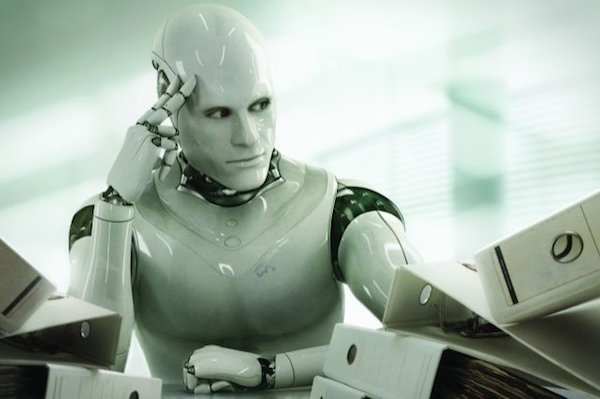When most of us think about artificial intelligence, we probably think about robots that clean homes and work in factories. The general understanding related to how artificial intelligence works and is structured has largely been a construction of Hollywood Sci-Fi films. However, as technology progresses, a future wherein computers have the ability to teach themselves and learn from the processes themselves is not necessarily in the distant future.
One of the hallmarks of true artificial intelligence is when machines can learn without being programmed. This is often achieved through machine learning, or creating the conditions wherein machines can learn through specific algorithms that are put in place. This means that the computer programmer or other technician working with the machine does not have to be present all the time nor be involved with repetitive software coding routines.
In this short article, we will look at the differences between artificial intelligence, machine learning, and cognitive automation. We will then look at how logic/hybrid models have the opportunity to transform the ways in which machine learning can take place.
What is Artificial Intelligence?
While AI has long been a topic that has fascinated the human mind, it wasn’t until 1956 that the term “artificial intelligence” was coined by a scientist named John McCarthy. At its most basic definition, artificial intelligence refers to machines that can performs tasks or jobs that require human intelligence. General artificial intelligence refers to machines, robots, or computers that have gained the ability to plan future events, recognize objects, images, and sounds, can learn and solve basic problems, and can also understand human language. Limited or narrow artificial intelligence is much more common in today´s world and refers to computers or machines that exhibit one aspect of the abilities mentioned above. For example, a machine that has learned how to identify certain images can be said to have limited or narrow artificial intelligence.
What is Machine Learning?
Three years after the term “artificial intelligence” was coined, Arthur Samuel coined the term “machine learning.” Samuel defined machine learning as the “ability to learn without being explicitly programmed.” Machine learning is one way of achieving artificial intelligence. By putting into place certain code and algorithms, machines might be able to learn from the process itself. Instead of having a computer scientist present to guide the process of machines working on certain tasks, machine learning allows computers or robots to learn by themselves. This is achieved through many different ways, but principally computer programmers feed the machine large amounts of data to a specific algorithm and this allows the algorithm (and thus the machine) to learn over time.
What is Cognitive Automation?
WorkFusion, a leader in the intelligent automation industry, defines cognitive automation as “software with the ability to perform more complex work that involves unstructured data (like images, documents, or PDFs). Cognitive Automation is powered by Machine Learning.” Cognitive automation is a practical tool that allows software companies to specifically design and define what type of automated work certain machines and computers can do. This is a type of artificial intelligence because these types of software have the ability to make judgments and perceive certain tidbits of knowledge related to the work they are doing. Because cognitive automation is restricted to certain tasks, it is a limited or narrow type of artificial intelligence. Of the different types of artificial intelligence available to companies, cognitive automation is one of the most useful as it allows companies to synthesize large volumes of information into succinct descriptions or to extract and match relevant data from huge volumes of unstructured documents (like PDFs, for example).
The Introduction of Logic Hybrid Models.
There are several different types of processes and routes to achieve certain types of artificial intelligence, machine learning, and cognitive automation. While many software programmers imagine a day when machines can teach themselves without much input from human beings, that day is still yet to come.
Logic hybrid models can be combined with regular machine learning models to modify the process by which machines, computers, and robots learn different tasks. Bagging, boosting, and blending are three different techniques that can be used to combine these different models. As machine learning continues to progress, finding new ways to create hybrid models should only increase the usefulness of machine learning and artificial intelligence machines.
from Young Upstarts https://ift.tt/2Hg6idt via website design phoenix


No comments:
Post a Comment